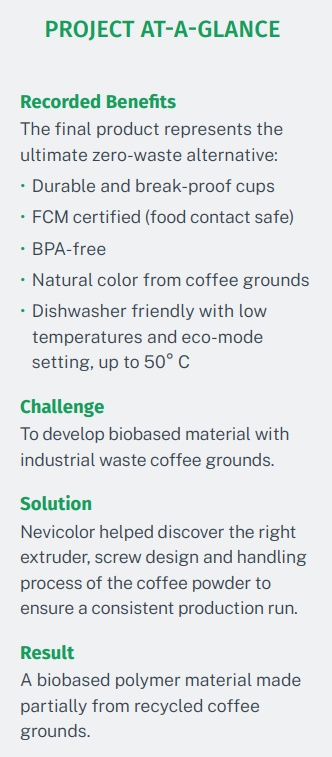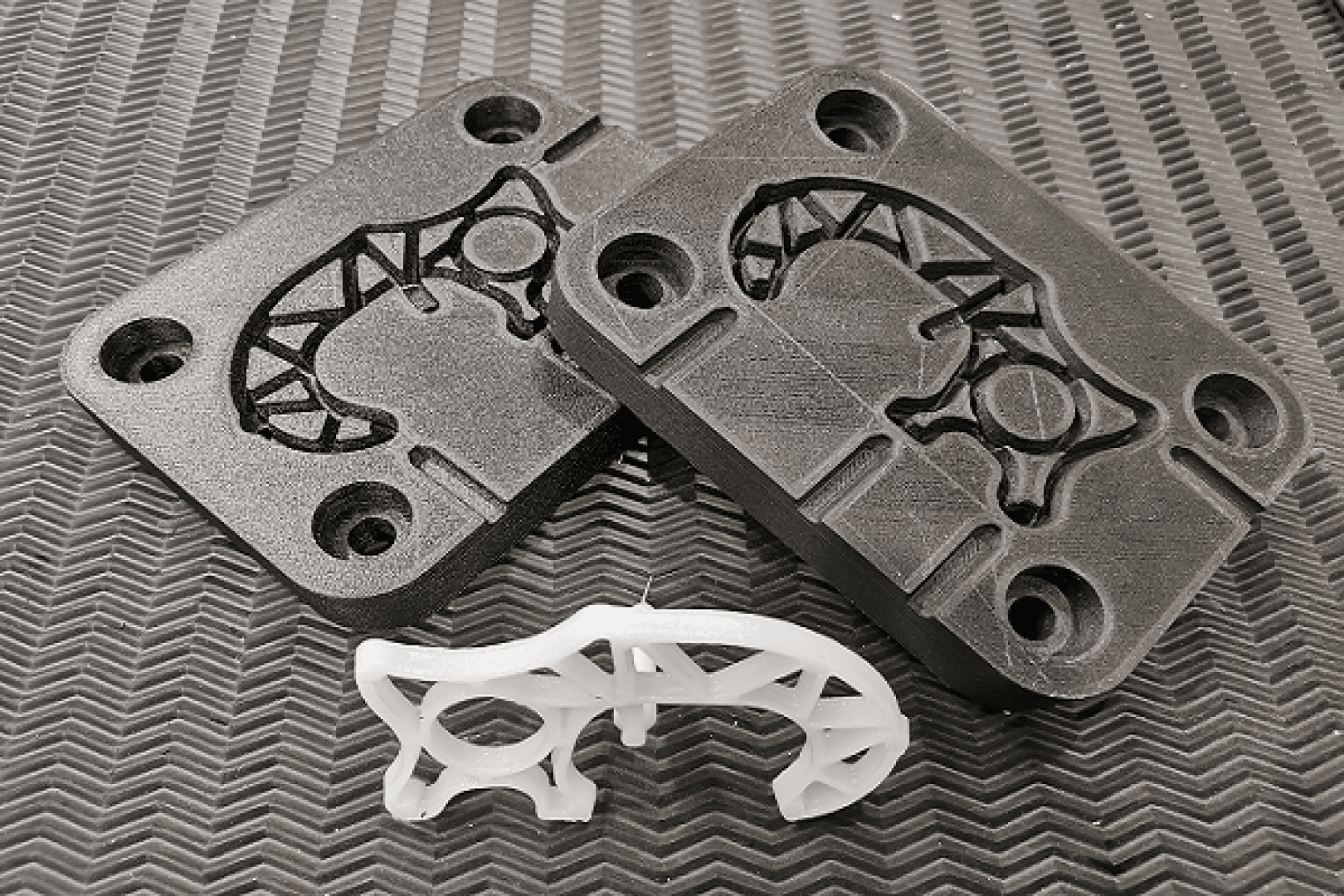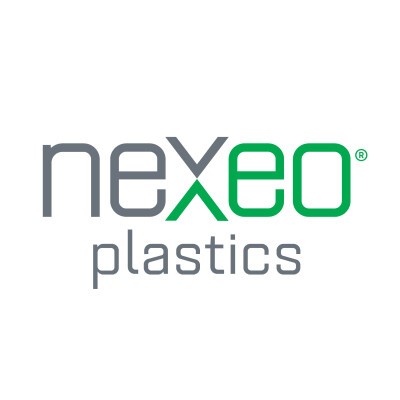Revolutionizing the Process of Injection Molding with 3D Printing
3D printing at Nexeo Plastics facilitates reduced costs and time for 3D molds. Discover how a partnership with Nexeo Plastics can contribute to your bottom line and help achieve manufacturing efficiencies.
A mold maker typically creates molds from metal, usually steel or aluminum, by milling a block of material to form the features of the desired part. 3D at Nexeo Plastics recognized
an opportunity to use one of its suppliers’ filaments to revolutionize the process of injection molding, with the goal of reducing overall costs and speeding up the prototype phase.
Partnering with Krotwaar Consulting And Engineering B.V., we optimized the mold design to ensure the correct functionality in the injection process while considering the specific requirements for it to be 3D printed. Working with INEO PROTOTIPOS S.L., our team of 3D experts was able to adapt an old metal mold to be used as a holder for the printed part, as well as modifying the extraction system to fulfill the part specification. Instead of milling a block of metal, 3D printing builds parts layer by layer, by adding material only where it is needed. LUVOCOM® 3F Filament PET CF 9780 from LEHVOSS Group was utilized to print 3D molds by using fused filament fabrication (FFF) technology, enabling more freedom in designing different shapes with less material. The unique properties of the LUVOCOM® 3F Filament PET CF 9780 enabled us to create a complex cavity and still provide excellent stability for the tool to withstand the pressures of injection molding.

The team worked on proving the feasibility of injecting several plastic parts made of polyoxymethylene (POM) with a very low cycle time. The injected part tested was a “hook” designed during the COVID-19 pandemic, which can be used to open doors and push buttons without touching the surface with your fingers, mitigating the risk of transmission of the virus. Multiple injections were performed with a 65-second cycle time with the POM material injected at 240°C. The 3D printed mold withstood the temperatures and pressures involved in the injection process and after several injections, the 3D printed mold was performing as well as it had been at the start of the test. All testing occurred at the facilities of Cepex (Fluidra group) in La Garriga, Spain.
As a result, by using LUVOCOM® 3F Filament PET CF 9780 filament, 3D at Nexeo Plastics was able to highlight the possibility of 3D printed injection molds, which enabled the prototyping phase to be expedited and reduced the wait time comparative to a metal mold, as the 3D mold could be printed overnight. Furthermore, a 3D mold can be used to inject short-series production runs where a traditional metal mold would make the injected parts too expensive. This disruptive approach could also be a viable solution for repairs by enabling a 3D mold to be used as a temporary substitute for a traditional metal mold.

